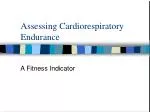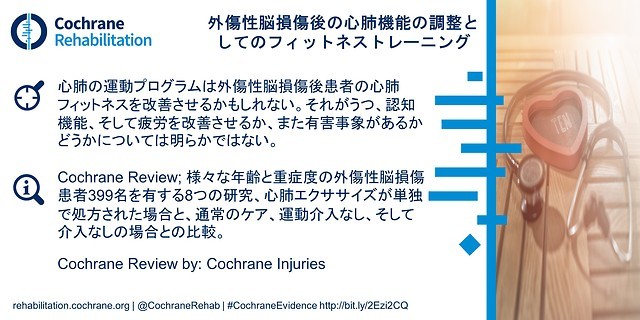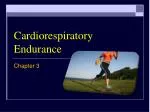

Although MF and strength have important metabolic and health implications they also are not routinely assessed in the general population or in the health care setting. Exercise, especially resistance training, can increase muscular strength at any age. Increased muscular strength improves metabolic and cardiovascular risk markers and reduces the risk of developing metabolic syndrome. The reduction in all-cause mortality associated with muscular strength has been found to be independent of CRF. Increased muscular strength is strongly associated with a lower all-cause and CVD mortality. MF and strength also mediate the beneficial effects of exercise. A self-paced step test has been validated in a primary care setting as a safe and simple method of approximating VO 2max and CRF. Measuring VO 2max typically involves a maximal exercise session which limits its availability and utility. Despite the importance and prognostic significance of CRF and VO 2max they are not routinely measured or estimated in the general population or the clinical setting. CRF is best measured by maximum oxygen uptake (VO 2max) representing one’s maximum ability to deliver and consume oxygen during activity. Individual measurements of CRF are a more powerful predictor of mortality than more traditional cardiovascular risk factors such as systolic blood pressure and total cholesterol.

It is well established that increased CRF is associated with better functional ability, improved cardiovascular health and reduced total mortality. Although there is a strong genetic component to CRF it can be improved with regular exercise and physical activity. The benefits of exercise are mediated in large part through cardiorespiratory fitness (CRF) and muscular fitness (MF). Developing techniques to help motivate individuals to be more physically active can have important public health benefits. Despite the benefits of a regular exercise program, many individuals do not maintain sufficient physical activity and an increasing portion of the adult population engage in no leisure time physical activity. The benefits of physical activity and exercise include lower all-cause mortality, reduced cardiovascular disease (CVD), improved blood pressure, lower triglycerides, increased High Density Lipoprotein cholesterol, less depression, less anxiety, improved cognitive function, and improved glycemic control in both type 1 and type 2 diabetics. Physical activity and regular exercise are important components of a healthy lifestyle.
#Assessing cardiorespiratory fitness trial#
Trial registrationĬ NCT03518931 Registered -retrospectively registered. Wider adoption of these measures could be effective in promoting physical activity and resistance training. In a very active population the VO 2max estimate and measured grip strength did increase lifestyle activity and resistance training. The EVS and exercise recommendations did however produce an increase in physical activity in less active individuals. Providing VO 2max estimates and grip strength did not produce an increase in overall physical activity. Lifestyle physical activity increased in the intervention group at 3 months (27.7 to 29.1%) and 6 months (25%) whereas it declined in the control group at 3 months (24.4 to 20.1%) and 6 months (18.7%) ( p < 0.05). At 3 months the intervention group increased resistance training (29.1 to 42.8%) compared to controls (26.3 to 31.4%) ( p < 0.05). Subjects who were less active at baseline (EVS < 150) did show an increase in EVS (86 to 146) at 6 months ( p < 0.05). No change in EVS was found in either group at follow-up ( p = 0.99). One thousand three hundred fifteen individuals (656 intervention, 659 control) were randomized with 1 year follow up data obtained from 823 subjects (62.5%).

Follow up surveys were conducted at 3, 6 and 12 months regarding their EVS and physical activity. All subjects were provided exercise recommendations. The intervention group received estimated maximum oxygen uptake (VO 2max) using a step test and muscular strength using a hand grip dynamometer along with age-specific norms for both measurements. The baseline Exercise Vital Sign (EVS) and type of physical activity were obtained from all subjects. Volunteer subjects at a State Fair were randomized in 1:1 parallel fashion to control and intervention groups. As most individuals have not had an assessment of their personal cardiorespiratory fitness or muscular strength we investigated if measurements of cardiorespiratory fitness and muscular strength would influence an individual’s subsequent self-reported exercise and physical activity. These health benefits are mediated in large part through cardiorespiratory fitness and muscular strength. Regular physical activity and exercise provide many health benefits.


 0 kommentar(er)
0 kommentar(er)
